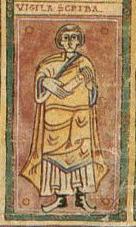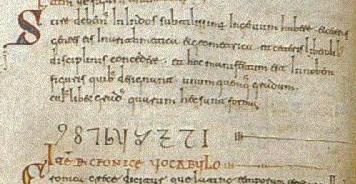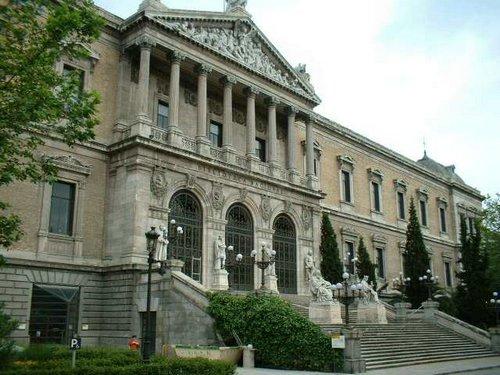|
|
EXHIBITION at the BIBLIOTECA NACIONAL DE ESPAÑA
June, 7 - September 2006, 10
|
|
|
|
The exhibition The Life of Numbers aims to illustrate through manuscripts, books and other objects the life course of the mathematical element better known by the general public: numbers.
|
|

(Click to enlarge)
|
|

(Click to enlarge)
|
|
The life of numbers relates, using material drawn from the world of culture -archaeological remains, Roman coins, pre romanic manuscripts, incunabula, Renaissance mercantile arithmetic books —with the first recorded usage of the current arithmetic symbols—, prints of Leonardo da Vinci and Durero, typographical designs, and both celestial and terrestrial maps- a scientific endeavour as fundamental and universal as the numerical one.
The final objective of The life of numbers is to give an account of ourselves, using numbers as a tool, in the fashion that a mythology tries to do this using the travails of gods, godesses and heros. The Exhibit will reflect the relation of numbers with human physiology, with the origin of writing, astronomy and the measurement of time, commerce, printing, religious intransigence, and the creation of the Renaissance cannon for the human body.
|
|
|
The catalogue, together with images of the manuscripts and books of the exhibition, will include texts by Alberto Manguel —author of A History of Reading—, George Ifrah —author of The Universal History of Numbers— and Antonio J. Durán —curator of the exhibition—.
|
|
Associated activities Lectures at the Spanish National Library by
Alberto Manguel: Done on paper: the dual nature of numbers and the page
June, 13, 19:00-20:00
George Ifrah: The way people learnt how to count and calculate
June, 15, 19:00-20:00
|
|
The Spanish National Library is located in a magnificent neoclassical building in number 20 of the Paseo de Recoletos, at Plaza de Colon (in the center of Madrid, ten minutes walking distance from the Prado Museum, in the same avenue). Subway station: Colon (Line 4).
|

|
|
|
|
|